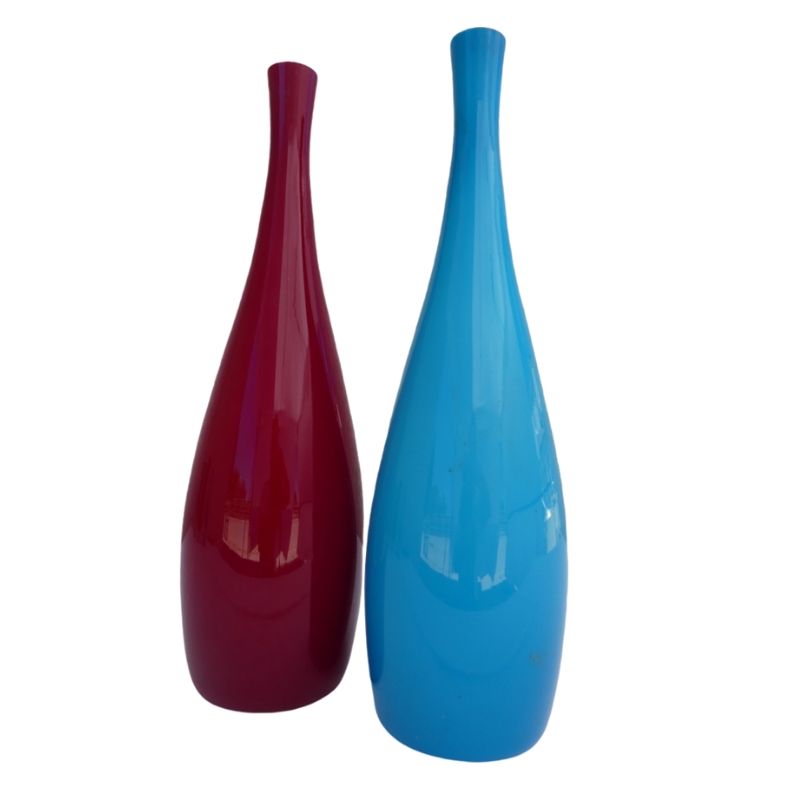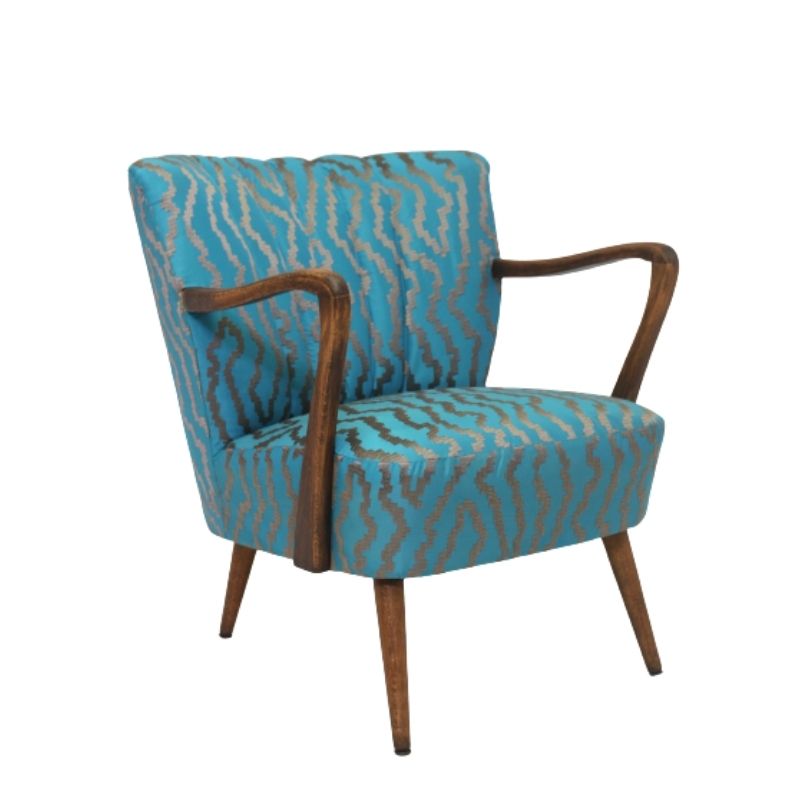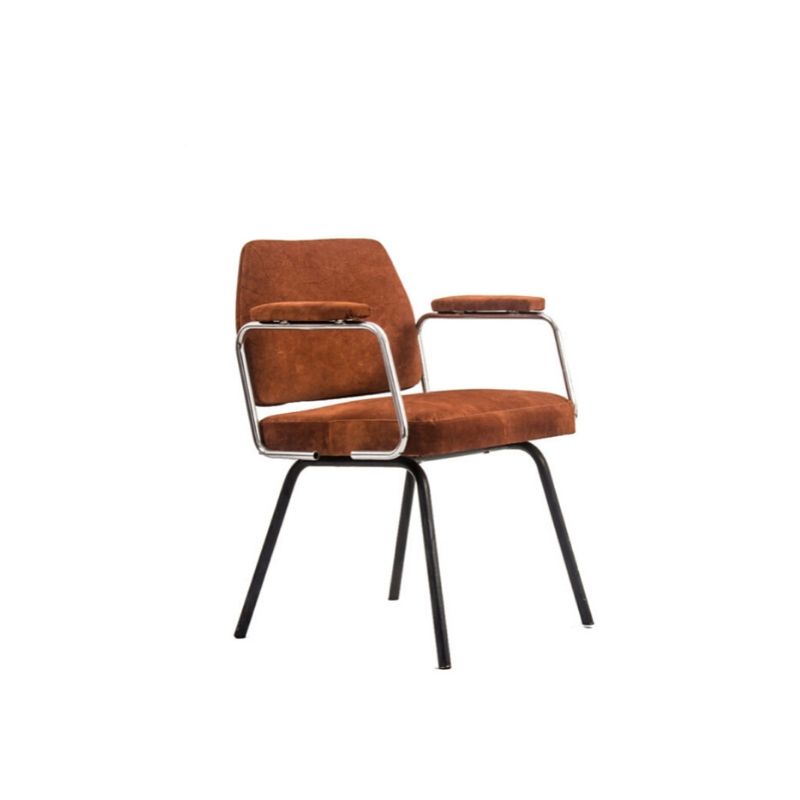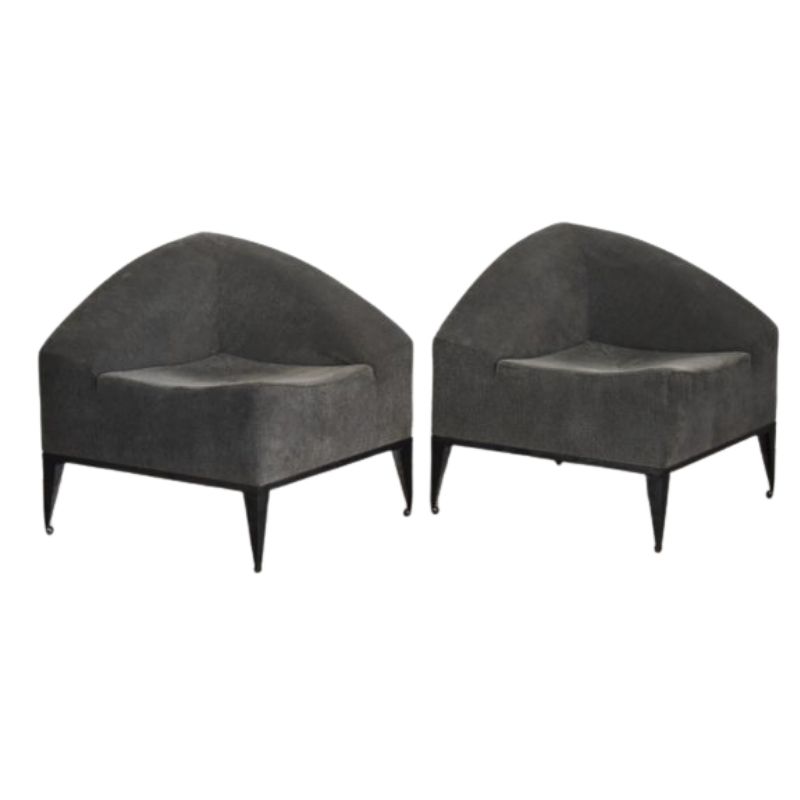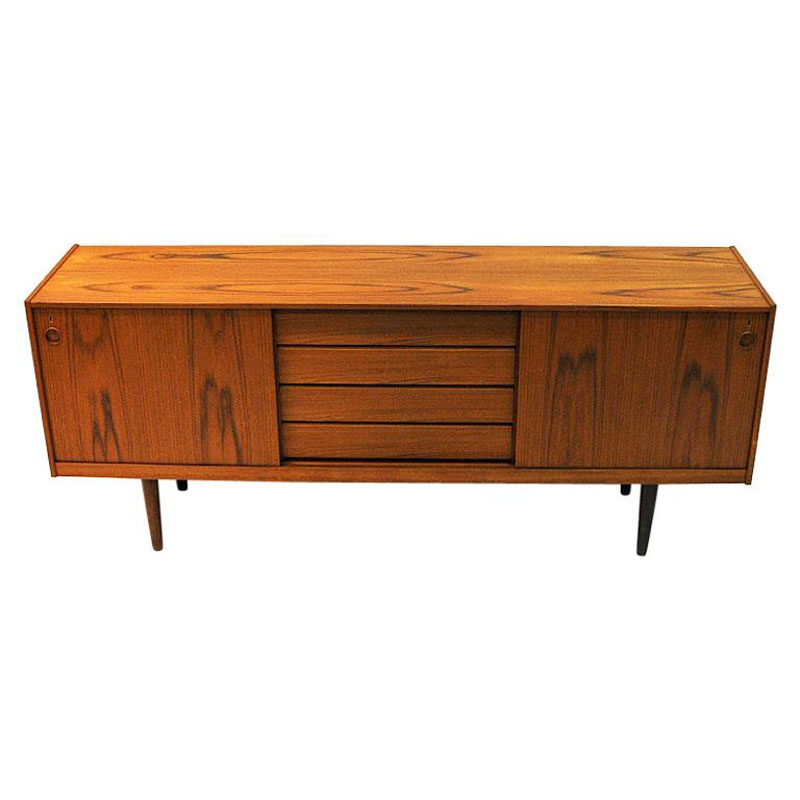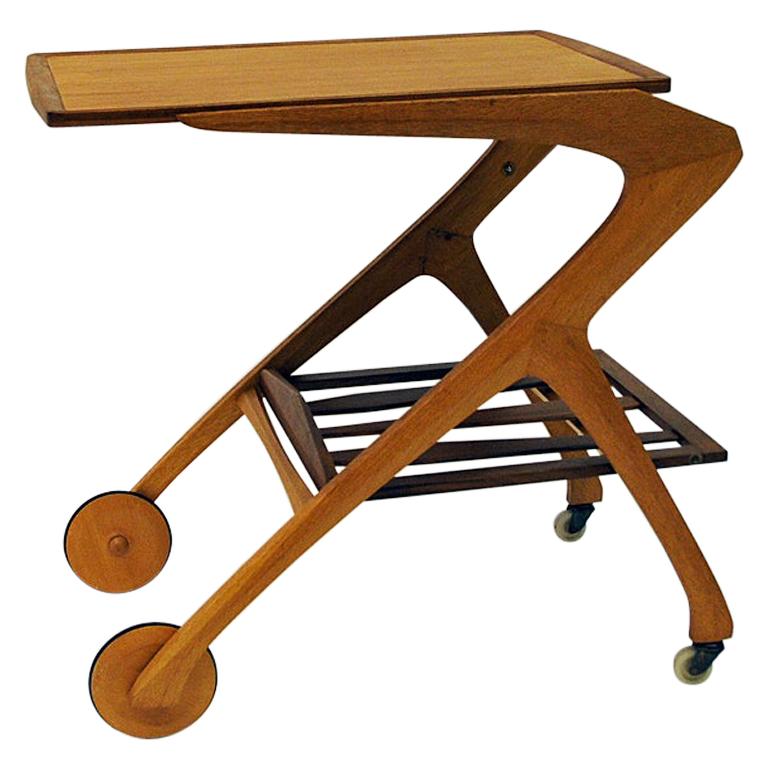Hi all —
I was fortunate enough to find an Eames 4x2 storage unit just sitting by the road the other day. I'm guessing a house was being sold and whoever was responsible for cleaning it out didn't realize the significance of the piece.
Anyway, I'm trying to both determine if it is an authentic piece and figure out an approximate manufacturing date. Unfortunately, the piece is currently disassembled and the only photos I have of it fully assembled are at night time, when it was found. In case you can't tell, it is a 4x2 unit with sliding veneer doors on both the top and bottom shelves. The are 3 drawers on the left side of the second shelf from the bottom. The uprights are galvanized. The masonite panels are in four colors: black, cool gray, warm gray and ivory. There are no perforated steel backs, only tension rods, which are galvanized.
The only identifying mark I can find is a tag on the inside of one of the shelves. Photo attached.
Very interested to hear your thoughts! <img class="wpforo-default-image-
<img class="wpforo-default-image-
@MLF
Honestly, disassembly, as painful as it was to the soul, was fairly easy. Everything was held together with phillips head screws and was clearly pre-drilled. The screws came out easy and clean. That said, it was a lot of unscrewing and a lot of tiny washers and screws to keep track of.
I would never recommend disassembling an ESU, but the circumstances forced my hand. I was driving back from an event late at night with a friend when we spotted the unit. It couldn't fit in our car and we were petrified to leave it behind while we got the necessary vehicle only to come back and find it gone. It seemed like the only thing to do and, judging by this, may have potentially cost $$$$$ if I am ever to try and sell: http://antiques.about.com/od/furniture/tp/IdentifyingEames041610.htm
The unit has not yet been reassembled. I'm prepared for it to be a rough go in terms of matching up the hardware and layout, but I don't expect it to be mechanically difficult.
Also, while I couldn't be happier with this unbelievable stroke of good fortune, it's not all a fairytale story. A couple of the legs have been bent pretty well, two of the sliding veneer doors have a decent amount of water damage and the bottom shelf had a notch cut out of it, presumably for cords. Oh, and the thing looked like it had spent many of its final years in a garage.
Great find and story.
If you haven't already discovered this from your research, it's a first-series 420-N built in 1950-1951.
The first-series ESUs are generally valued less than the second series, and condition is always a large factor in valuation, but your ESU is still quite valuable... So if it's important to you to preserve that value, you might want to enlist the help of an expert in repairing the damage to the doors, etc., rather than trying to do it yourself.
@fastfwd
Wow, thanks a ton for that info! My research hadn't yet led me to a final conclusion, so knowing a model number at long last is very satisfying. I found an old auction listing on Wright's website that shows the 420-C from around the same time, so it looks like everything checks out: https://www.wright20.com/auctions/2011/06/important-design/327
Just curious, what's the reason the first series is valued less than the second?
Also, if you don't mind my asking, do you have any experience getting a valuation on a piece like this? Honestly, I wouldn't even know where to start or who to contact. I could never bring myself to sell, but knowing the value would be another fun step on this unexpected journey.
@Mark
What a photo — so cool to see this and all its variations in a catalog!
I don't know why the first series is less valuable than the second, but it might be because the first series looks a lot like the ESUs currently being produced, while the second series looks obviously different: knobs instead of U-shaped drawer pulls, different legs, different drawer details, etc.
I imagine that if you called one of the big auction houses (Wright, LAMA, etc.), they'd be able to put you in touch with an appraiser who could give you an idea of the piece's value.
Thanks again to everyone for their help and comments! Especially fastfwd and Mark.
The unit is finally back to being fully assembled and I thought you all might be interested in how it looks. You can see I left the lower doors off... they are significantly damaged (see the photos) and I did not want to risk more damage reinstalling them. I also included a photo of the cut out notch from the lower shelf. It's a shame the previous owner didn't take greater precaution with the unit, but I suppose if they had I probably wouldn't be the new owner!


Pardicity-your story reminded me of the early days of mid-century modern (early1980s) probably before you were born, when most were just discarding anything so unusual that their grandparents own that does not match with their new store bought stuff and that was how many of the mid 20th design icons were rediscovered.
90% of what I own and use in the house are all unwanted abandoned and discarded items that are in the MoMA design permanent collection and that's how the house got the name minimoma.
I don't knowi if you eat and breath design or you resell but either way that Eames find is just fantastic. Best of luck.
If you need any help, please contact us at – info@designaddict.com



